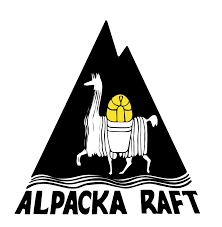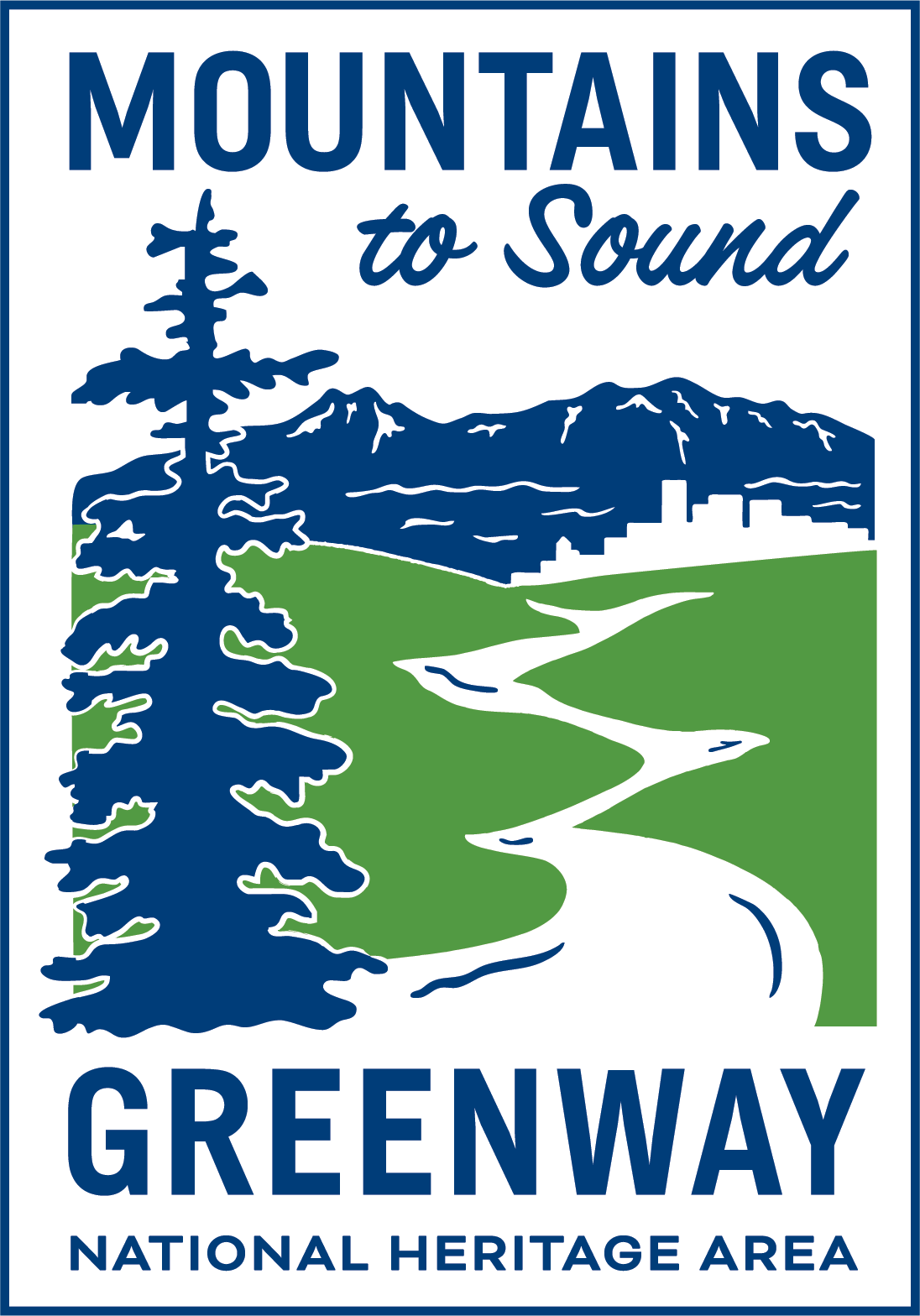Communicating with SBAR
SBAR is an acronym for Situation, Background, Assessment, Recommendation; a technique that can be used to facilitate prompt and appropriate communication. It is used by rapid response teams, military teams, and aviators. Utilizing this simple procedure allows professional guides to communicate effectively with one another, and also allows for important information to be transferred accurately. The format of SBAR allows for short, organized and predictable flow of information between professionals.
What is SBAR?
• S = Situation (a concise statement of the problem)
• B = Background (pertinent and brief information related to the situation)
• A = Assessment (analysis and considerations of options—what you found/think)
• R = Recommendation (action requested/recommended—what you want)
Example: Guide or Trip leader on SK5 requesting additional resources from higher in chain of command (River Manager/Executive/etc.).
Situation: State what you are calling about and why (what is the issue?).
o This is XYZ (trip leader) on SK5 here at the Marblemount Boat Launch, and our team isconcerned about high water.
Background: State briefly what you know about the situation to provide context.
o We are preparing for our 9am trip with myself, and guides QRS, and TUV, who have limited experience in these conditions.
Assessment: State what you think the problem is and/or the severity. Include what actions are currently being taken and what options are available.
o Guides QRS and TUV are prepared to run the trip, but additional resources would be ideal.
Recommendation: State your proposed solution.
o I request that ABC (guide shown as “available” on the schedule) and a fully rigged 14’ cataraft be assigned as safety for our 9am trip.
Notes for using SBAR at Triad
Before calling, make sure that you have prepared well to communicate your SBAR. The time utilized before the call, even if it is a moment to reflect, or collaborate with other team members to ensure accuracy of information, is well spent.
SBAR can be utilized during debriefs, as well, in a past sense, by starting your SBAR with “ALL IS WELL, This is Mr. XYZ here at MMBL and would like to inform you of a situation that has been resolved”, et al.
In discussion, to seek clarity, ask yes or no questions, and avoid using qualitative, subjective language. If being asked yes or no questions, always give yes or no answers. Keep explanations brief, and as objective as possible.
Unfortunately, not everyone keeps their head. Reactions can range from shutting down, to moving forward hastily (fight or flight). Always stick to the chain of command, and note that collaboration within the team is a great way to balance out everyone’s emotions (especially if one person was involved in the incident and is experiencing a trauma response). Communicate with each other, but allow the Incident Commander, Trip Leader, or person in charge to make the final decision. Once the decision is made, everyone must immediately get on the same page, as there is then no time for arguments or discussion.


















